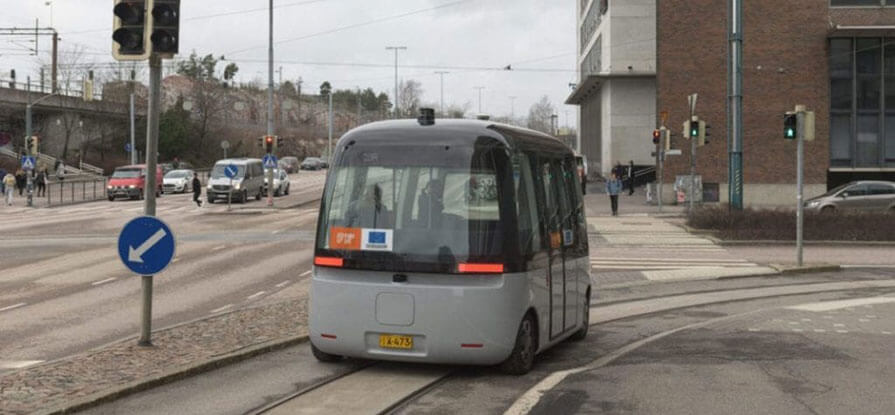An agreement between Toyota Motor Europe, Sensible 4, Holo and Ruter has been announced to pave the way for new autonomous mobility deployments to be potentially integrated into Norway’s public transport network.
The public transportation authority of Norway’s capital, Ruter, and Holo, the mobility company, begun their initial trials of autonomous public transport last year.
Sensible 4 is contributing to the project by bringing its all-weather self-driving mobility systems as a key part of the new collaboration between the partners involves introducing these services in the towrn of Ski in the Nodre Follo municipality in the autumn this year.
According to Sensible 4, the area is well known for its challenging weather conditions like fog, rain and snow which is often a key challenge for autonomous vehicles. They claim that their software solution would essentially enable autonomous vehicles to function efficiently in such environments.
Jakob Munter, director of finance and planning at Holo, stated, “This partnership offers us crucial experience so we can continue to build our lead as the largest operator of autonomous vehicles in Europe. Holo wants to move mobility forward, for good.”
In order to achieve this, Holo has been actively working towards outstanding operational efficiency via different parts of autonomous vessels.
Munter added, “Deploying different vehicles on a new route in Ski is an exciting opportunity for Holo. We aim to build a mobility cloud where individuals subscribe to mobility. With the vehicles from Toyota Motor Europe, we can answer a more diverse mobility need.”
In reference to the project, CEO of Sensible 4, Harri Santamala, stated, “We believe the future of transportation will be autonomous and shared. This project with Ruter, Holo, Toyota Motor Europe and Sensible 4 enables self-driving cars to become a part of public transportation.”
“We expect that together we can provide a smarter and more sustainable transportation form to people in their everyday life,” he continued.

